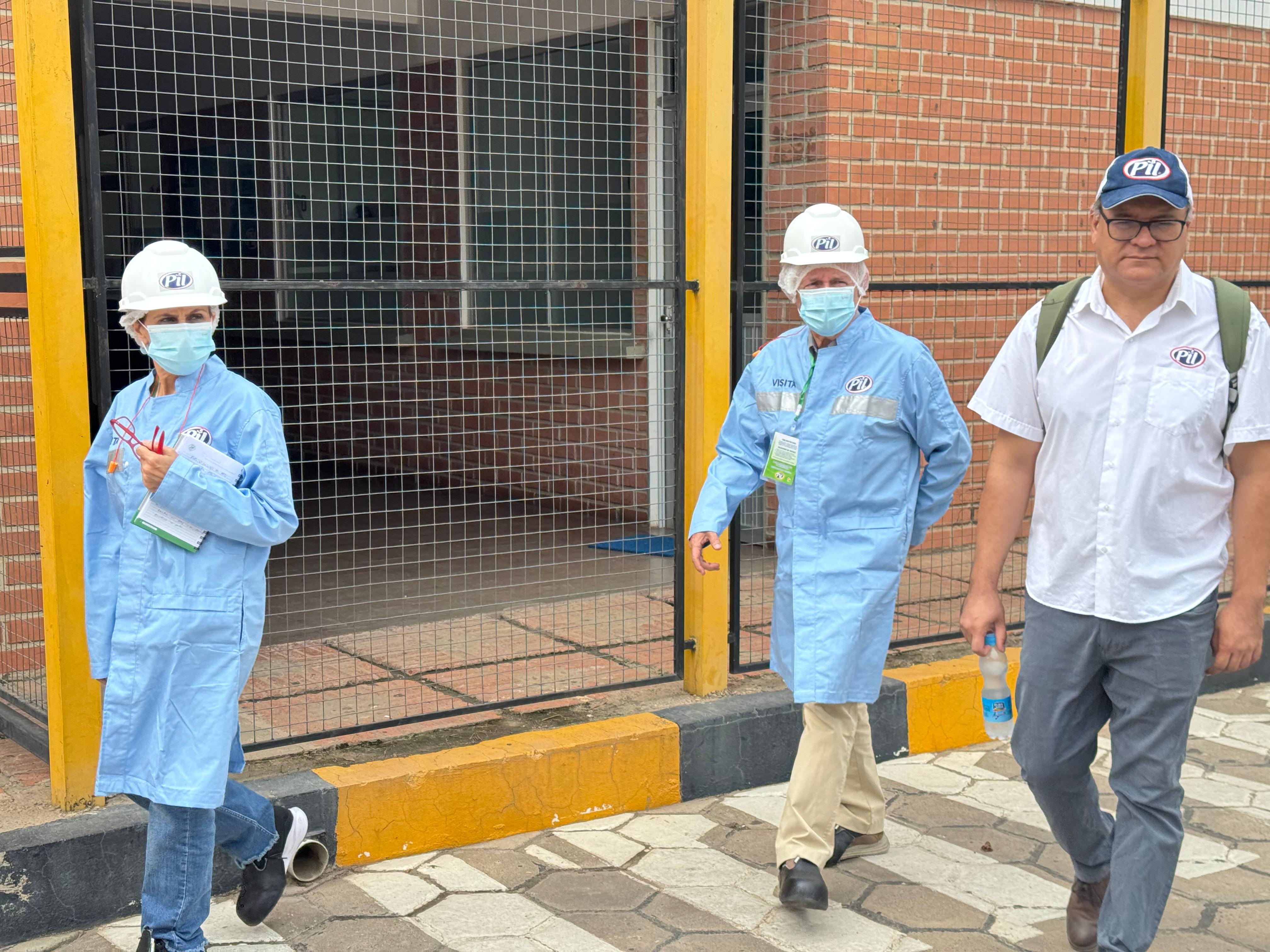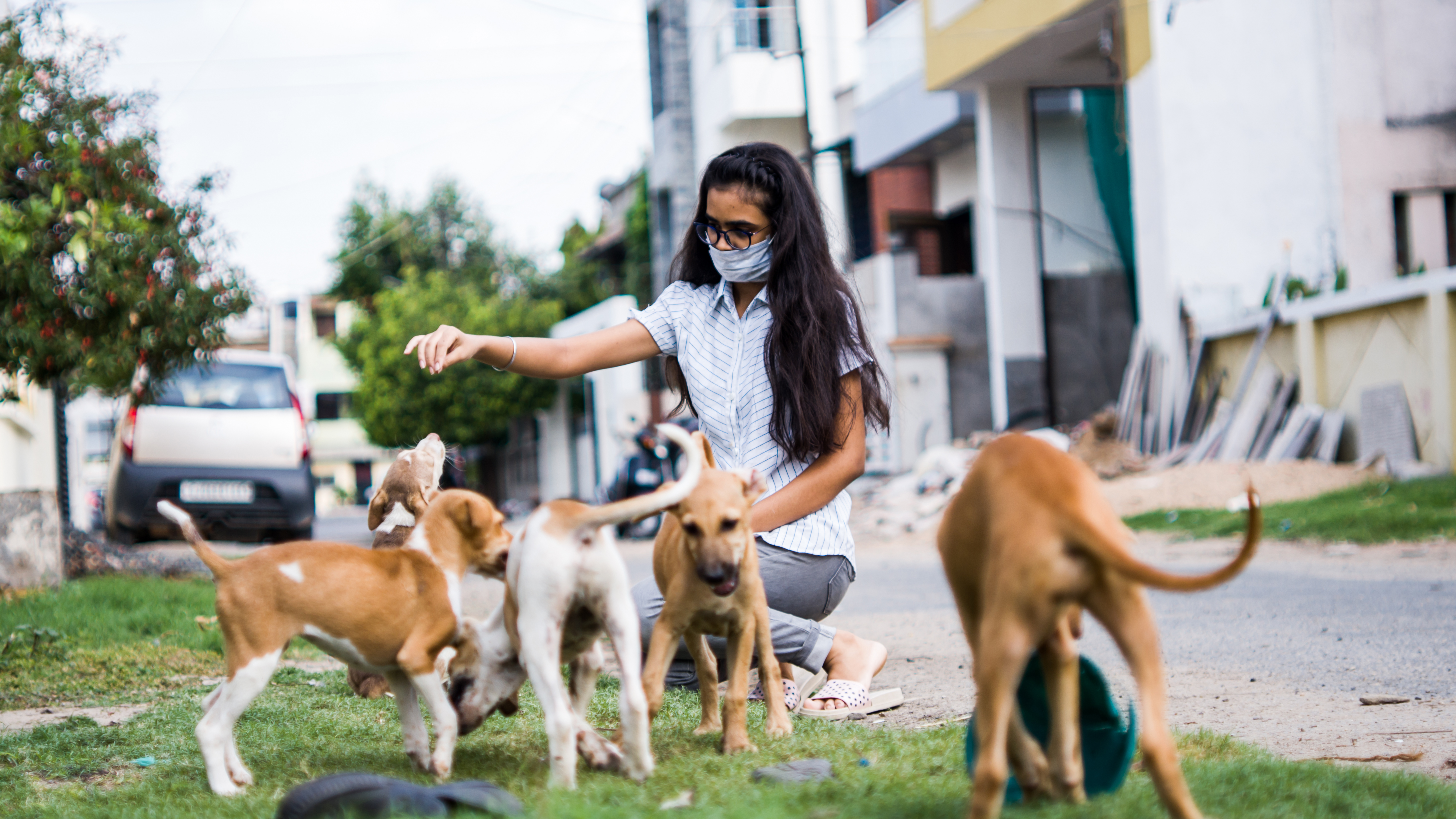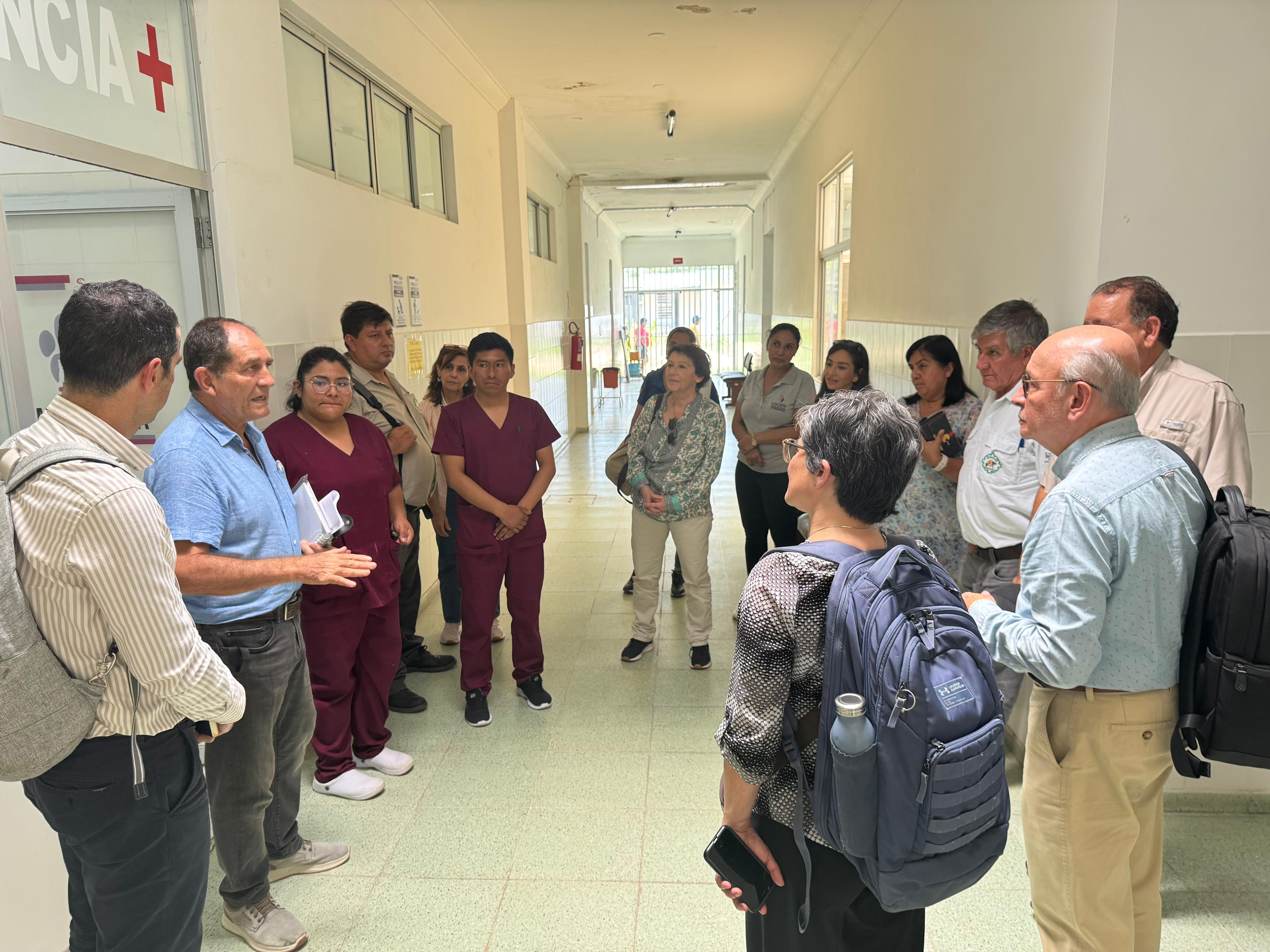Animal production has historically been a fundamental pillar of the Bolivian economy, both at commercial and household level. Its impact extends throughout the various ecoregions of the country, where more than 1.6 million people2 depend on farming for their livelihoods and economic development. In these environments, production systems vary, adapting to the geographical and climatic conditions of each region.
In this context, the veterinary workforce plays a crucial role in ensuring animal health, food security and sustainable agrifood systems. To support and strengthen these efforts, the World Organisation for Animal Health (WOAH) has implemented the Performance of Veterinary Services (PVS) tool, a programme designed to evaluate and improve the quality of national Veterinary Services.
Bolivia has followed the path proposed by WOAH to its Members, integrating the PVS tool into its strategic planning. Since 2008, the country has received numerous PVS missions, covering assessments in key areas such as legislation, education, and laboratories.
‘The PVS Tool has allowed us to identify strengths and areas for improvement in our Veterinary Services. Thanks to this programme, we have optimised our resources, improved the training of technical staff and strengthened the sanitary infrastructure throughout the national territory,’ says Dr Hernan Oliver Daza, Head of Animal Health at SENASAG Bolivia and WOAH’s Delegate.
This ongoing collaboration has been consolidated with the PVS follow-up mission in January 2025, which not only assessed the progress achieved, but also set new goals for the future. ‘WOAH’s support is fundamental, but national commitment is also key to create the necessary conditions for the continuity of these missions and the implementation of their recommendations,’ adds Dr Daza. This latest mission also included a specific component on rabies, focusing on the critical aspects for the eradication of this disease.
Rabies is a fatal disease that affects the nervous system of mammals, including humans. Its prevention is possible through collaboration between animal and public health sectors in surveillance, mass vaccination of dogs and education activities.
Reflecting on the state of Veterinary Services in Bolivia in 2008, Dr Daza recalls a challenging scenario: ‘We were facing a turning point when the national government made favourable decisions for the structure of the service. The first PVS mission was crucial to identify weaknesses and make strategic decisions.’
One of the main achievements was the implementation of measures to ensure the sustainability of the official animal health structure. ‘The PVS provided not only a diagnosis, but also a methodology to define and organise the necessary capacities, establishing where the development of the Veterinary Services should be oriented,’ he explains.
‘The tool is based on WOAH’s Terrestrial Animal Health Code, which ensures that the recommendations are not arbitrary, but based on scientific and technical criteria that benefit the country in its international projection,’ says Dr Daza.
Over the years, Bolivia has managed to obtain disease-free status, which has significantly boosted the livestock sector. This has allowed access to new international markets, increased safe trade and progress in zoning processes and certification of free zones by WOAH, key elements for strengthening the sector.
Cyclical in nature, WOAH’s PVS Pathway is a key tool for strengthening national Veterinary Services. It provides a robust mechanism to evaluate, plan and estimate costs, driving continuous improvement through certified methodologies.
‘Each of the 45 areas assessed by the PVS tool has had a direct impact on our services,’ says Dr Daza. Among the most notable benefits are:
Examples include the response to avian influenza events and the creation of emergency and compensation funds.
Only WOAH-certified experts in this area can conduct PVS assessments, using standardised tools and manuals.
‘We stress the importance of having these kinds of evaluations. They show us objectively how we have progressed since the last mission 10 years ago and where we have opportunities for further improvement,’ Dr Daza highlighted. In this latest mission, special emphasis has been placed on rabies, a zoonotic disease that represents a public health risk and is still present in Bolivia.
‘Rabies forces us to adopt a ‘One Health’ approach, promoting collaboration between the animal health sector and public health authorities. This multidisciplinary approach is crucial to achieve sustainable results in zoonosis control,’ he concludes. During the latest evaluation, specific components related to rabies were analysed, identifying opportunities to improve inter-institutional coordination, the involvement of Veterinary Services and to strengthen the country’s response to this disease.
Bolivia is an example of how the continued implementation of the PVS tool can transform animal health systems, benefiting not only producers and rural communities, but also the national economy and public health as a whole.
More information:
2: Bolivian National Institute of Statistics


